Behind Lewis Hamilton’s brilliant performance in winning the Sao Paulo Grand Prix despite starting Saturday’s sprint race from last and taking an additional five-place grid penalty for the main event, was a Mercedes car which worked exceptionally well around the Interlagos track.
Just one week earlier, in Mexico, the Red Bull had completely out-paced the Mercedes. Here the positions were reversed. Same cars, same drivers.
“Yes, they were a long way ahead of us in the last race,” said Hamilton, “and we were coming to a track where last time they were very strong here, in 2019. We knew it was going to be hot on Sunday and that that potentially would be an Achilles heel for us. But for whatever reason, the cars were working fantastically well this weekend.
"I chose to go a direction this weekend which we both ended up on and which worked really well. I think we just really optimised the car in these conditions.”
Essentially the Mercedes was more balanced than the Red Bull in how it used its front and rear tyres. The set-up Lewis referred to came from some fairly deep analysis with the Mercedes team back at base. In 2019 it had a dominant car and yet had been beaten quite handily by Red Bull around Interlagos.
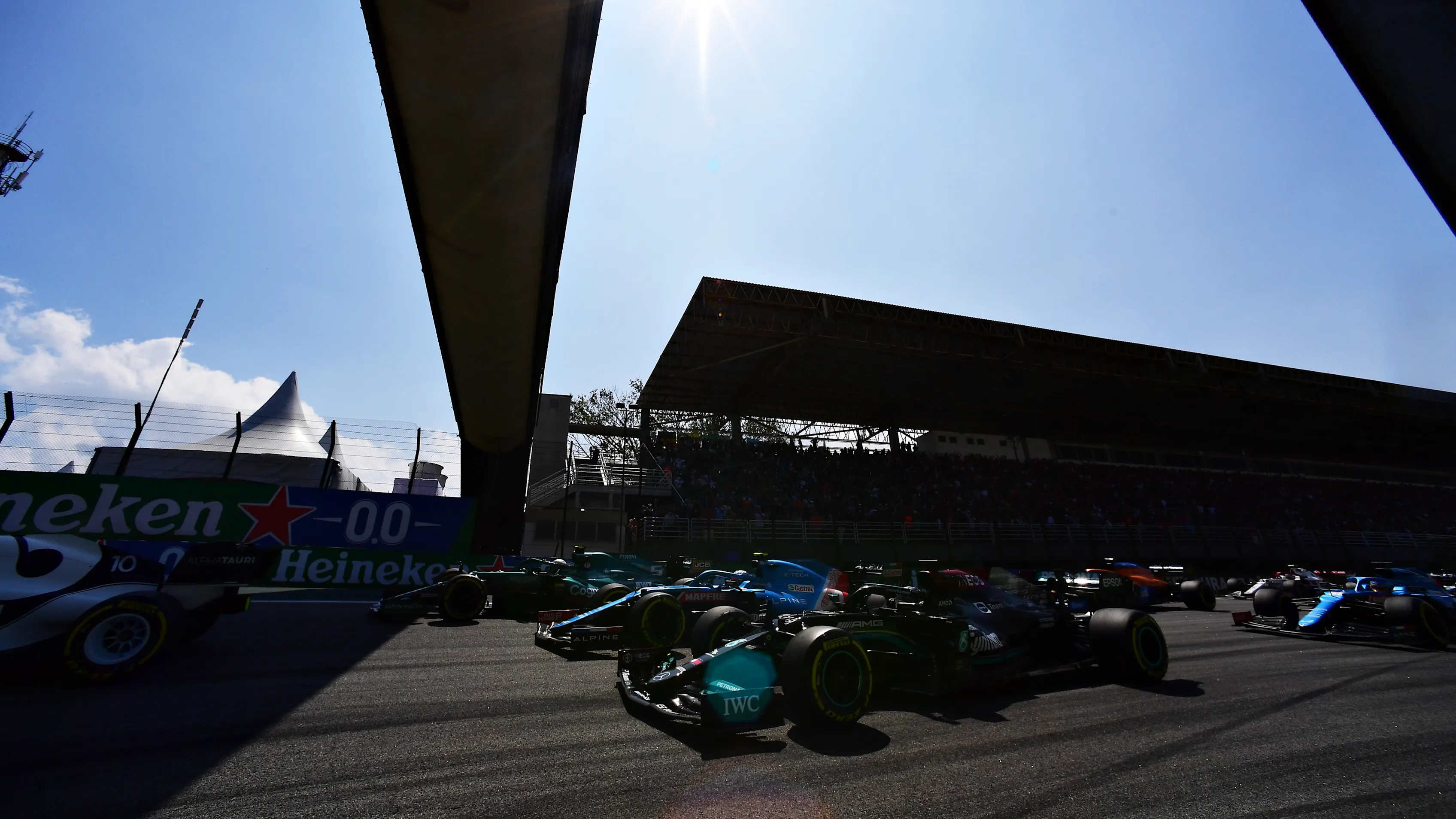
“When we looked at the aero package, the mechanical package, the power unit, we weren’t finding answers as to why were we so poor in 2019,” said trackside engineering chief Andrew Shovlin. “So it was all about set-up. We were determined to rethink things and come here with a car which could set pole position.”
Had Hamilton’s P1 on the grid for the Sprint stood – he started last after being excluded from qualifying for a rear wing infringement – it’s likely he would have started from sixth on Sunday, after his five-place engine change penalty, such was his pace advantage in the Saturday sprint race. As it was, he started from just four places further back than that, courtesy of a thrilling drive through the pack on Saturday from 20th to fifth in just 24 laps.
RACE HIGHLIGHTS: Watch all the action from a thrilling Sao Paulo Grand Prix at Interlagos
With the very high track temperatures seen on Sunday, the challenge for Mercedes would usually be controlling the rear tyre temperatures, an area in which is often lags behind the Red Bull. But the car was beautifully balanced here and had particularly good traction.
The Red Bull was this time limited by a tendency to overheat its front tyres. All performance is relative to the competition and at the pace set by Max Verstappen’s Red Bull in the race, the tyres on the W12 could be kept in the right window, the car remained balanced, the rear tyres weren’t overheating and Hamilton had the traction out of Turn 12 and Turn 3. They are the only two corners on the track that matter regarding overtaking and defending.
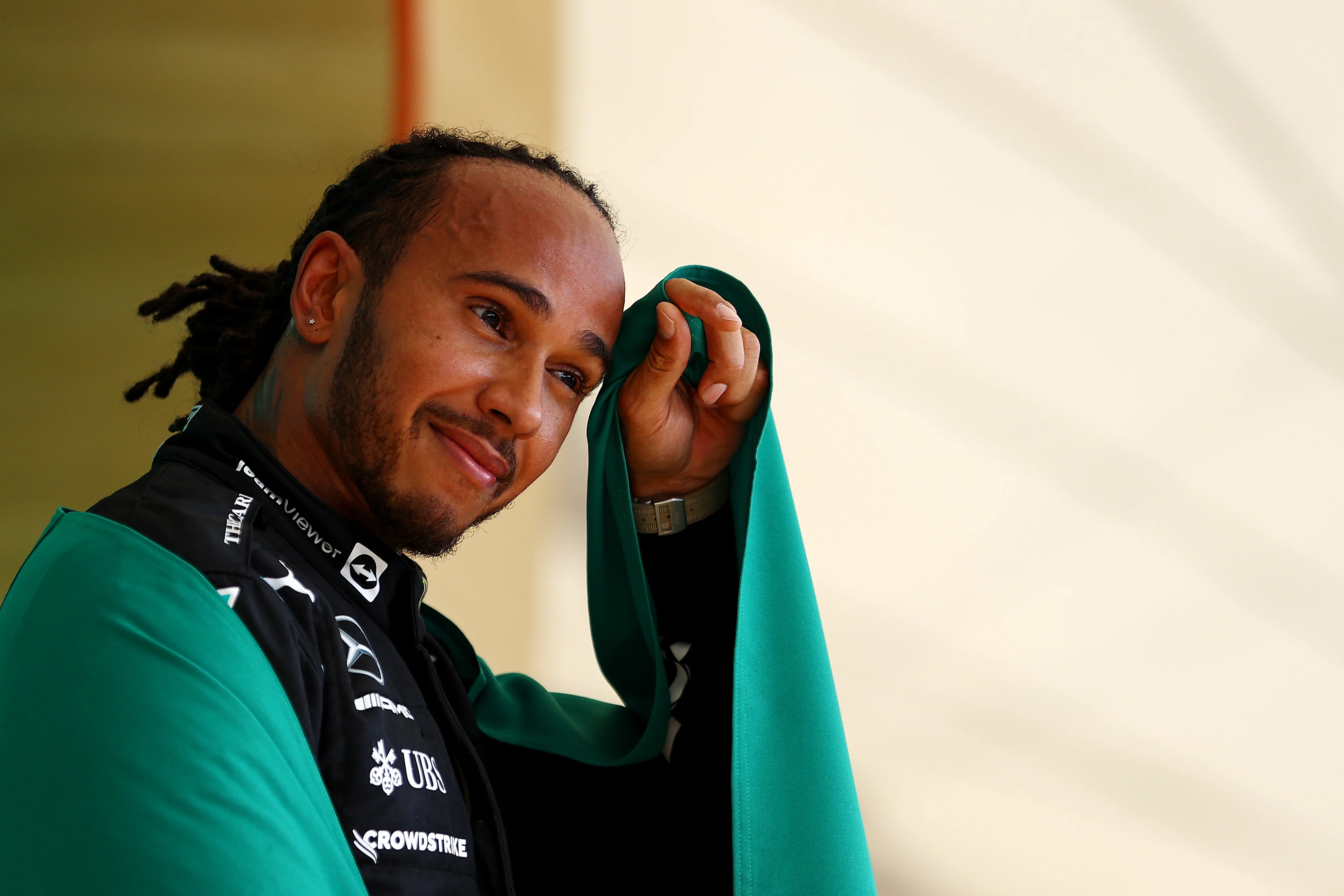
It may also be that the enhanced diffuser stall on this year’s Mercedes allowed the team to run with more rear wing than would otherwise have been the case, thereby looking after the rear tyres further.
With better tyre usage than the Red Bull, Mercedes had more strategic options. Not only could Hamilton follow quite closely, allowing him to apply undercut pressure to Verstappen, he could run longer if needed. Verstappen led from the second corner of the race but by the 19th lap had Hamilton on his tail.
Having seen how much time the Mercedes took out of him by stopping a lap earlier first time around, Verstappen was adamant that the team should pit him for the second stop as early as possible. Lap 40 turned out to be too early for the tyre deg Verstappen had. Hamilton pressuring them into that early second stop was a crucial part of the victory – and absolutely made possible by the Merc’s balanced tyre usage.
After Hamilton’s master class culminated in his successful pass on Verstappen, with 12 laps still to go, he got a further surprise. “Once I was past Max I still had tyre left and I could keep going. It was strange because that’s not normal for us this year, but we’ll take it. I’m very, very happy with it.”
Next Up
Related Articles
 Beyond The GridThe best of 2025, from Norris’ evolution to Brad Pitt’s ‘need for speed’
Beyond The GridThe best of 2025, from Norris’ evolution to Brad Pitt’s ‘need for speed’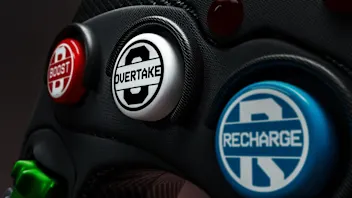 EXPLAINED: The key terms for F1’s new-for-2026 rules
EXPLAINED: The key terms for F1’s new-for-2026 rules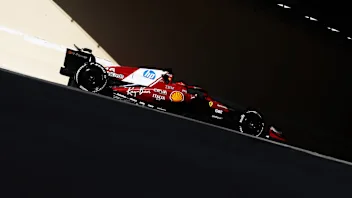 Ferrari confirm launch date for 2026 campaign
Ferrari confirm launch date for 2026 campaign 10 ways to get your Formula 1 fix during the winter break
10 ways to get your Formula 1 fix during the winter break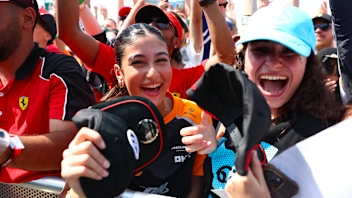 Formula 1’s record-breaking 2025 season in numbers
Formula 1’s record-breaking 2025 season in numbers F1 CEO Domenicali reflects on 'phenomenal' 2025
F1 CEO Domenicali reflects on 'phenomenal' 2025

